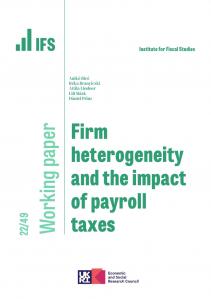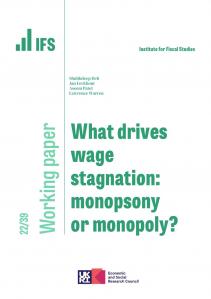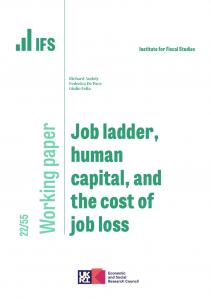Much of the dramatic change in skill and wage structure observed in recent years in the United States is believed to stem from the impact of new technology. This paper compares the changing skill structure of wage bills and employment in the United States with six other advanced developed countries - the UK (where wage and income inequality rose even faster in the, 1980s than in the US), two Continental European countries (France and Germany), two Scandinavian countries (Denmark and Sweden) and Japan. Most of our analysis is based on identically specified panels of manufacturing and non- manufacturing industries in the 1970s and 1980s. The paper investigates whether directly observed measures of technical change can explain the growth in the importance of more highly skilled workers and finds that growth in the employment share of skilled workers (by occupation or education) has occurred in all countries. In every country studied, the bulk of this shift towards an increased usage of more skilled workers has occurred within industries. Furthermore, evidence of a significant complementarity of human capital with new technology is uncovered in all countries. Nevertheless, the results suggest that whilst technology is important in all countries, it is not the whole story. Indeed, we produce evidence that in the countries with the fastest increase in wage inequality (the UK and US) the observed changes in skill structure are also linked to the structure of labour market institutions, such as the declining role of trade unions and collective bargaining.









